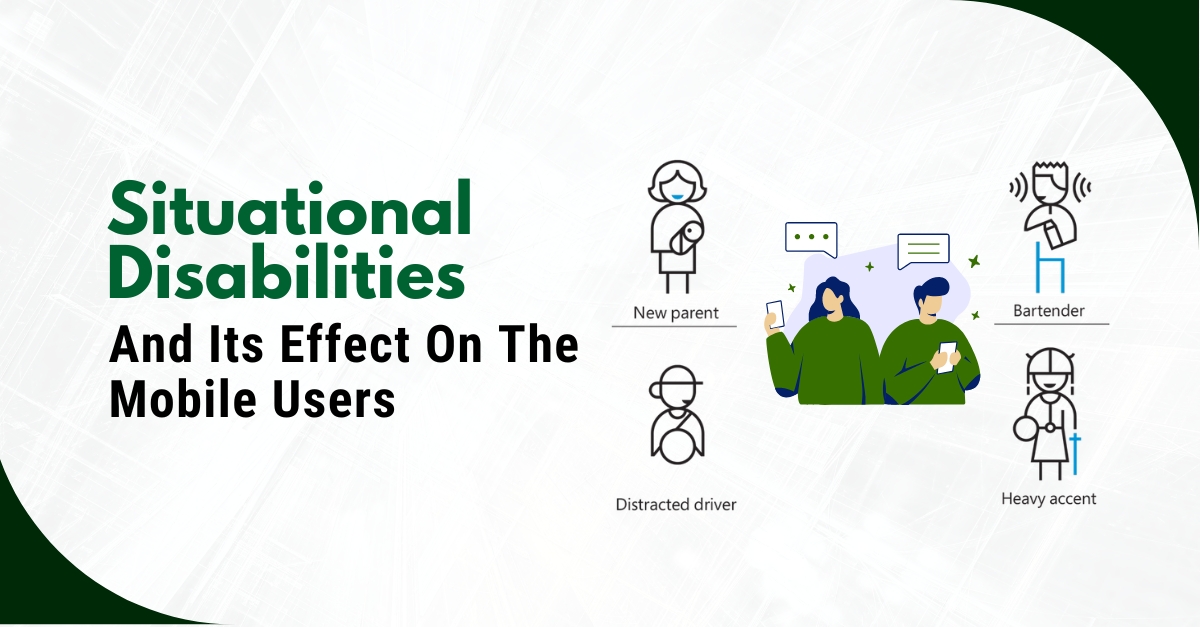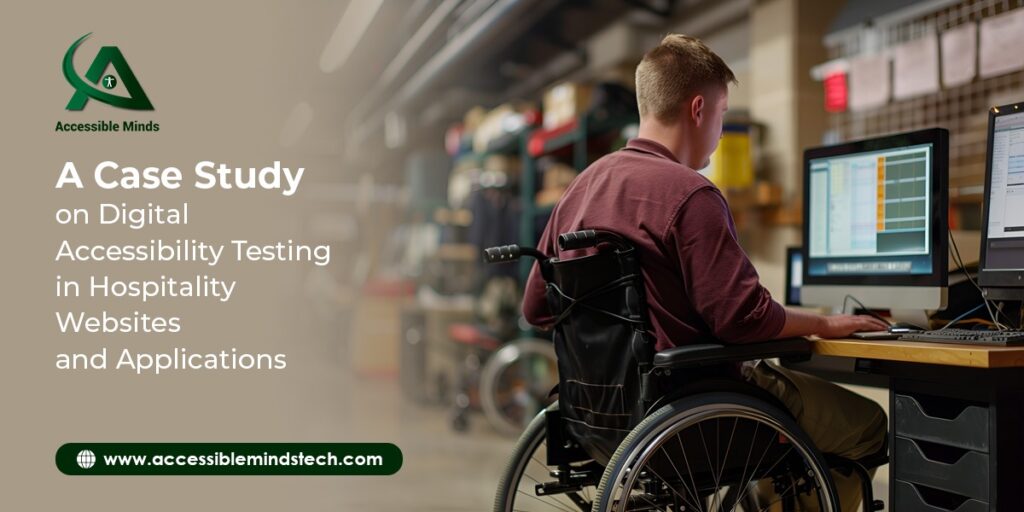Many people thought that making the website accessible is the ‘Extra’ work that they have to do and perhaps they have to spend ‘extra’ bucks as well to meet the goal. Unfortunately, this is a completely wrong concept as making the website inclusive is a mandatory thing that you need to consider. And in reality, it will have bigger and broader audiences irrespective of their disability.
Here are 5 practices that every developer must be aware of to make the website accessible.
- Readable Text: We know the creativity has no limit when it comes to font in web design. But using a clean and clear font is most suitable for every website as it has better readability for the visually impaired people. You need to consider a few important things like spacing, typography, avoiding all caps, and underlining of non-hyperlinked texts and resizing capabilities to make the website font accessible.
- Alt Tag on Images: In a recent study revealed that 55 percent websites don’t have alt tag which is a very important aspect for accessibility. The short description that comes with image will improve the web experience of the visually impaired users. It also helps the SEO as the crawlers can index the images.
- Accessible Form: The website form to contact the owner should be designed following the best accessible design practices. From the label of the fields to the font size; everything should be in proper place.
- Lang Attribute: In most of the cases, lang attribute is something which is easily overlooked factor but to make the website accessible; it is very important. It helps the visually impaired users to experience the page on screenreading device in the intended language.
- Skip to main content: To improve accessibility for screenreader users, include a link at the top of your document that allows them to skip common, repetitive content like the logo and main navigation and go straight to the main content. Also, provide an easy navigation option for users on new pages to avoid repetitive welcome sequences and enhance their experience.







